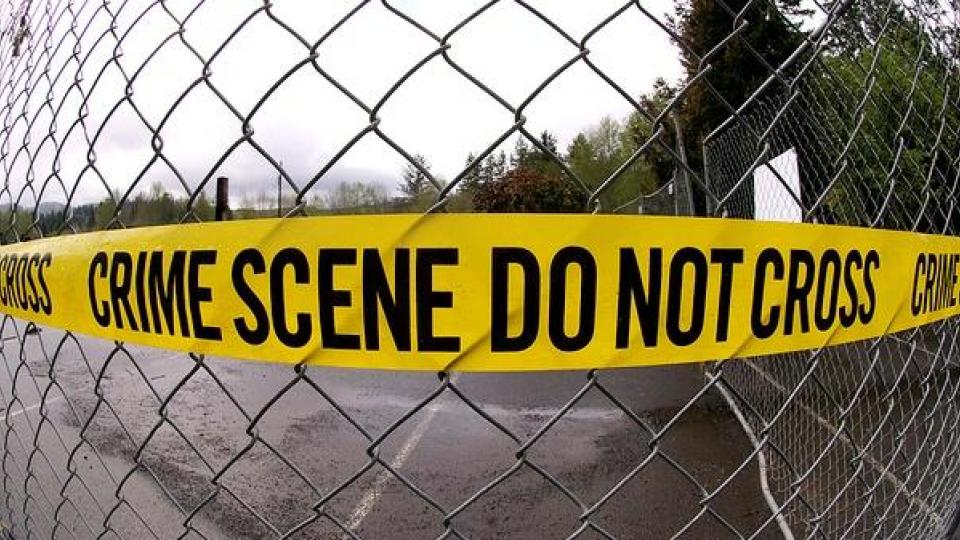Racism, crime and media hysteria

The normalisation of the war on terror has become the standard refrain from the mainstream media (MSM), which would rather sensationalise and beat up stories of petty crime than investigate corporate crime.
The so called “riots”, supposedly orchestrated by a Dandenong-based Apex gang in the aftermath of the 2016 Moomba Parade, is a case in point. The media is attempting to whip up fear to promote the major parties “tough on crime” approach, but the reality is that crime rates all over the country are falling.
This is taking place as the MSM strive to raise their profits while forsaking investigative journalism: Fairfax media’s sacking of a quarter of its journalists is an example.
We are told we live in a democracy with a free press. But with Murdoch’s News Corp multimedia empire commanding two-thirds of the Australian newspaper market this is clearly not the case. In 2012, Australia was ranked 30th in the world on the Press Freedom Index, behind Niger and Namibia.
The right-wing media’s constant fear-mongering is based on two main motives: profits and distraction. The logic behind the former is quite simple: dramatic stories filled with violence attract more views and thus more advertising money. Pieces that criticise the status quo and engage with economic issues or climate-related issues of major concern to the 99%, aren’t as profitable. Or at least that’s what we are told.
Paired with the racist commentary that has followed Western intervention in the Middle East, immigrant youth, especially those from African and Middle-Eastern communities, make easy scapegoats. Meanwhile, the mass media is happy to fetishize the lavish lifestyles of the super-rich through Gogglebox and Keeping up with the Kardashians.
As Noam Chomsky put it, “the more you increase fear of drugs and crime … the more you control the people”.
Racist and xenophobic descriptions of young people have now become the norm in reporting “crimes”. This is designed to mask the bigger crime today — the growing divide between the rich and poor.
The fact is that we live in a society where 25% of prisoners come from 2% of postcodes. Aboriginal people represent only 3% of the total population, but more than 28% of the prison population. The system is rigged in favour of the rich.
We should not be astounded when a teen from Frankston, Broadmeadows or St Albans steals an expensive car from Toorak or robs a home in Malvern East. People are hurting and the wealth divide is growing.
I live in Dandenong which has been lambasted as “the worst suburb in the country”. It’s not surprising that some of my friends have turned to crime, given that working-class people living in the outer suburbs have fewer public services and higher rates of disengagement.
The Victorian Liberal National opposition, led by Matthew Guy, has vowed to “crack down on youth thugs such as Apex” through mandatory sentencing and proposed changes to the bail law.
The Andrews Labor government has responded with almost equally barbaric measures. It wants to spend money on appealing five times to the Supreme Court to lock up teenagers in adult jails. The court has once again rejected the government’s cruel bid.
So, what is to be done?
More funding is needed for rehabilitation and youth engagement programs in poor suburbs. We also need restorative justice institutions, such as the City of Yarra’s Neighbourhood Justice Centre, in more municipalities around Melbourne.
Any serious approach to solving youth crime and alienation will have to address the wealth divide and end systemic racism, sexism and the criminalisation of the poor.
But for real justice we need to punish the real criminals — such as MasterChef star George Calombaris who underpays his workers, the multinational corporations that avoid millions of dollars in taxes and the arrogant and greedy out-of-touch politicians who, in ruling for the rich, are selling out the rest of us.
[Leo Crnogorcevic is a Year 10 student and a member of Resistance: Young Socialist Alliance.]